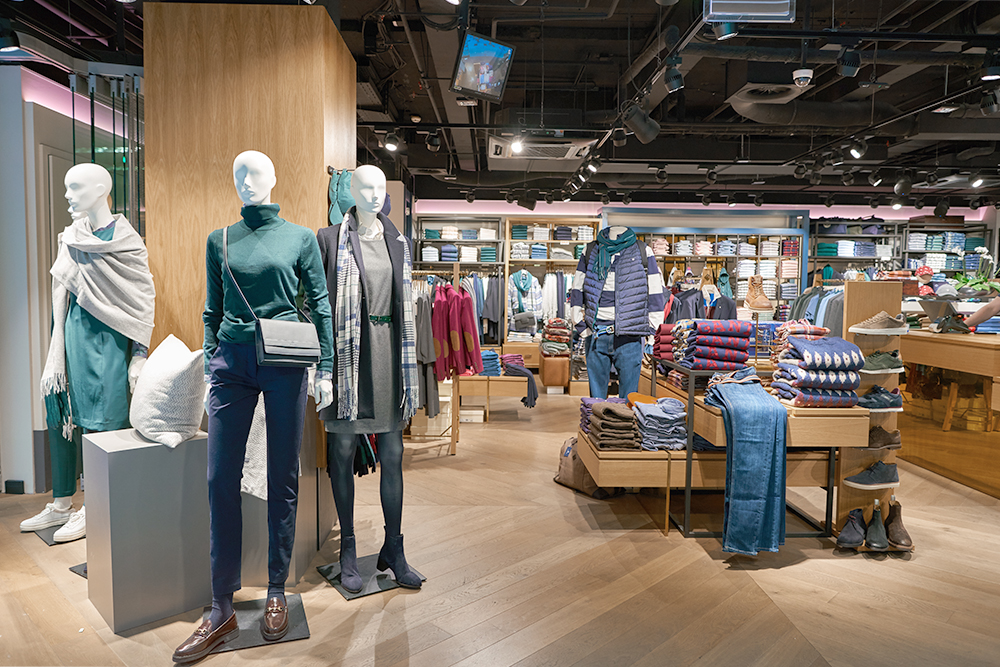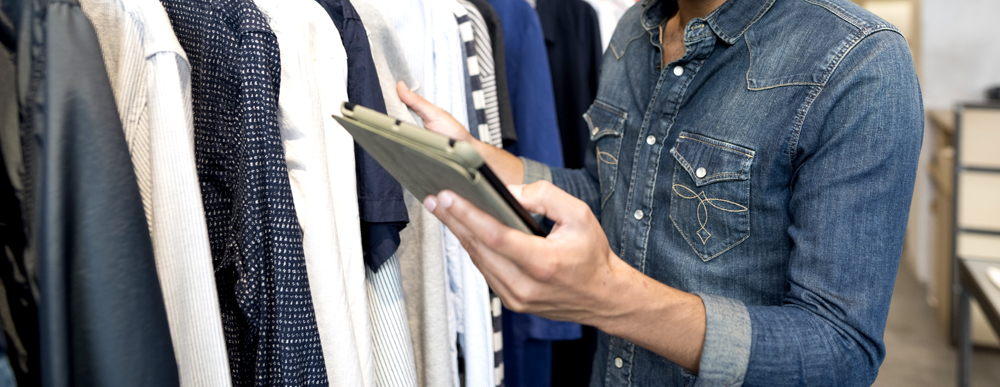How shop security improves the customer experience

Retail loss prevention and the customer experience may seem like two terms which have little in common. But often they work hand in hand, with effective shop security facilitating the delivery of better service, better prices, and a better reputation for both an individual store and their brand.
Often relying on a mix of loss prevention strategies, good shop security not only improves the retail bottom line, but also caters to a better customer experience.
Here’s an insight into how…
The true cost of retail loss
It’s no secret theft comes at a high cost to retailers, setting the Australian industry back $3.37 billion last year, according to the recent Australia and New Zealand Retail Crime Survey 2019.
But what’s often less understood and harder to measure are the hidden costs of retail theft.
Shoplifting can cost a retailer in terms of staff time, out of stock events, brand reputation, customer safety, and store appeal.
All these factors affect the quality of the customer experience that retailers are working so hard to deliver in an age of competition both in the real world and online.
To break it down, here are five ways good store security can improve the customer experience…
Product cost
Shoplifting is often mistakenly considered a victimless crime. Of course, that’s far from the truth. When retailers incur major losses due to theft, that loss has to be countered elsewhere in the provision of goods.
Most often, that loss is at least partially covered in the mark-up of products, meaning ultimately the customer pays a little more per item to outweigh the cost of theft.
Back in 2015, it was estimated that shoplifting cost each Australian household $424 per year. Almost five years later that price is likely to be significantly higher.
It stands to reason then that store security helps keep the costs of those products down.
In fact, even just utilising the single theft prevention strategy of electronic article surveillance (EAS) has been shown to reduce shoplifting by up to 80 per cent.
Customer service
When your staff are busy protecting a store against loss and keeping a watchful eye out for shoplifters, they are being taken from the key role that offers real-world retail a distinct advantage over online stores – face-to-face customer service.
Theft prevention measures like EAS and lockable product displays allow store associates to continue catering to the customer without the distraction of remaining hyper-vigilant against shoplifting.
While staff engage with the consumer, they can rest assured the EAS system will be monitoring items and alerting them to potential thefts, while the displays will physically prevent thieves from taking goods
Out of stocks

One major area where shoplifting affects most stores is through out-of-stock events. The retailer simply isn’t aware an item isn’t available until a customer cannot find it.
Searching for an item that has been stolen but is still recorded in the store inventory as being in stock wastes both the time and effort of the customer and that of the retailer.
Importantly, it affects the customer’s perception of their experience with a brand and is one of the key reasons they may choose not to return to that outlet in the future.
Store appeal
A store that is streamlined, well protected and welcoming is more appealing to consumers, and shop security does not have to confronting, nor should it be.
Strategies that retain a welcoming appeal while still protecting products include:
-
-
-
EAS
EAS offers a discrete yet highly effective product-based security measure. These days EAS antenna can be concealed within the doorway of a retail outlet, under the floor or even overhead.
Security tags are compact, highly effective and can be applied in a uniform fashion, so they are unobtrusive and do not interfere with the customer’s experience of a product.
Meanwhile, for high-volume, low-value goods, labels offer security that can be easily incorporated into the packaging of a product and are then quickly deactivated at the point of sale.
-
-
Locked and tethered displays
For high-value, often targeted electronics items, lockable and tethered displays offer an ideal way to protect merchandise. These displays can range from countertop displays, where products are tethered to stands using cables, to locked glass cabinets, which can only be accessed by retail staff.
These days smart keys make lockable cabinets, even more, user-friendly, allowing staff to quickly gain access to all cabinets within their section using one electronically programmed key.
-
Brand reputation
If a store is frequently targeted by shoplifters, the brand image is soon also affected. The outlet becomes known as a place that may pose safety issues for the customer, or where there are likely to be issues finding products.
In this case, there are a number of measures a retailer can employ to improve their security, including EAS, locked cabinets, loss prevention personnel, and CCTV.
Best of all, in the modern retail environment these methods can be subtle yet still protect items against theft while improving the customer experience overall.
You can learn more about upgrading your retail security here.